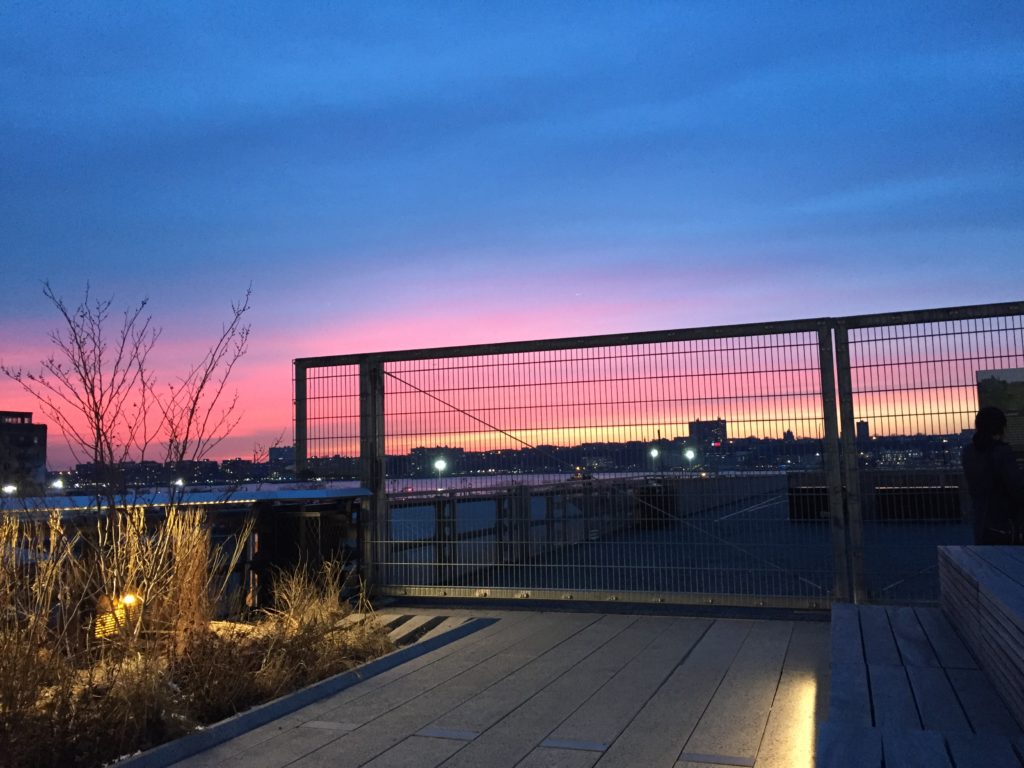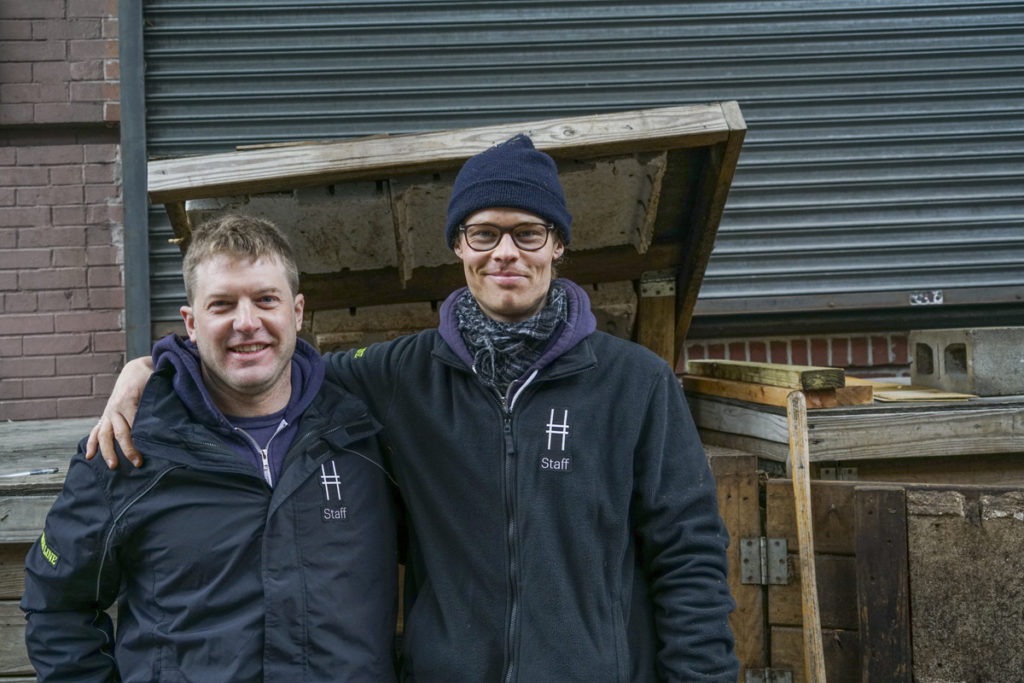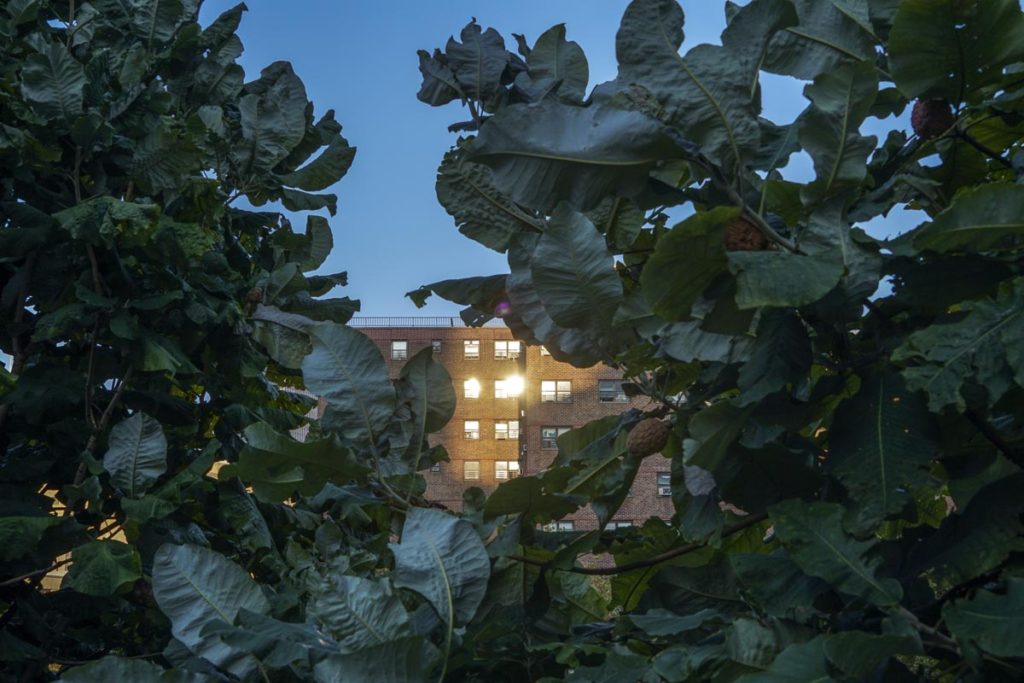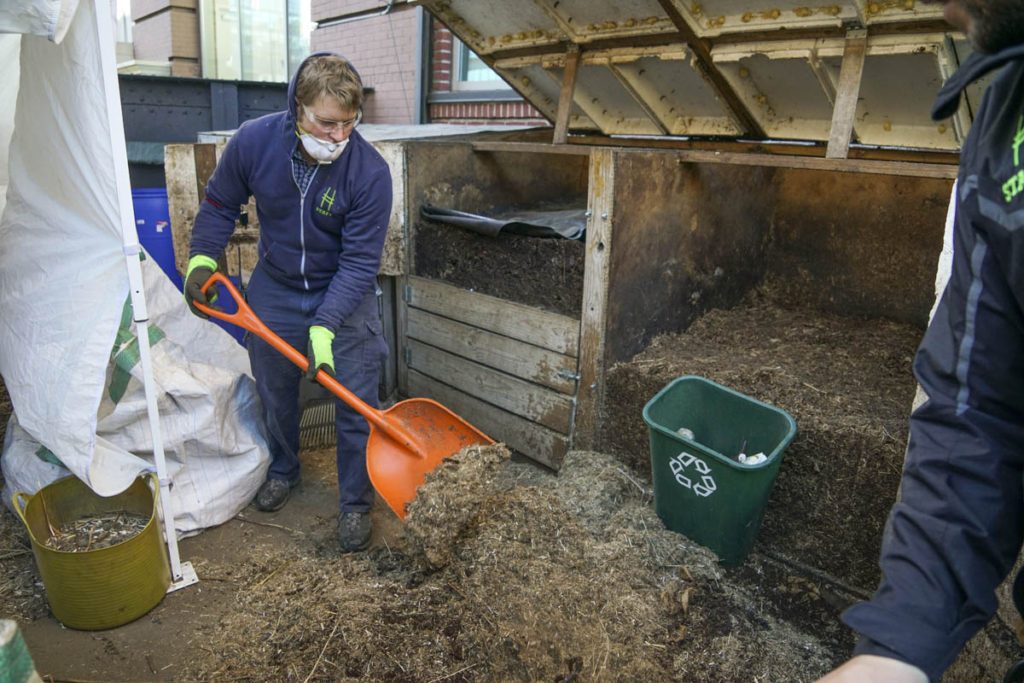Today is opening day of Spring Cutback on the High Line, the ninth since the park opened in 2009. Visitors marvel at the annual ritual: teams of volunteers from all over city working in shifts through the month of March to cut back the stalks, sticks and branches that dazzled us in a multitude of colors as the seasonal wheel turned through spring, summer, fall and winter. The Cutback is an existential part of the High Line, the result of its design philosophy. Most gardens are clipped and pruned at the onset of Fall when cold weather arrives, but here on the High Line they are left alone to complete the full cycle of their lives. Piet Oudolf, the horticultural artist who created these gardens, believes that plants are interesting and beautiful throughout all the stages of their life, from the soft, bright colors of springtime youth to the dark, spiky textures of a wintry old age. “Dying in an interesting way is just as important as living,” he once said. That’s why every new walk on the High Line is different from the last one. The gardens manifest a constantly changing, vibrantly living — and then, when the time comes, dying — landscape. [continue reading…]
sustainability
 [NOTE: 14 days after this post appeared, Mayor DeBlasio did indeed visit the High Line. Just sayin’.]
[NOTE: 14 days after this post appeared, Mayor DeBlasio did indeed visit the High Line. Just sayin’.]
Since becoming Mayor of New York Bill DeBlasio has avoided the High Line, and perhaps with good reason. Almost from the moment it opened, the runaway success of Manhattan’s “park in the sky” vaulted it from an innovative, drop-dead gorgeous park into a platform for development by billionaires and “starchitects.” It never fit with DeBlasio’s message about the Other America, so he just stayed away, always promising to visit some day in the future.
The other day I was walking north through the Chelsea Grasslands and a Monarch butterfly flew across my path. It arced east for a moment toward 20th Street, then circled back and disappeared into a cluster of Rudbeckia: orange wings merging with yellow and black flowers, a colorful late morning pollination. It made me think of Mayor DeBlasio, and all that he’s missing out on. The butterfly made me wonder what sort of tour would I take the Mayor on, if and when he decides to pay a visit to the High Line.
Over the past few decades the Monarch has been under tremendous pressure from loss of habitat, climate change, chemicals and pesticides that are sprayed on fields and lawns all over the country, destroying its natural food source. This gorgeous species almost disappeared entirely, and the fact that today you can spot a Monarch on any random walk along the High Line is more than good news: it’s a metaphor for the sanctuary city. This place, basically one long, gigantic green roof filled with a mix of native and exotic plant species, created a safe landing spot for the Monarch and many other creatures: birds, insects, small mammals and the odd human. The butterfly I saw was a tri-color reminder of the values that inform every aspect of the High Line and have done, from the very moment of its conception. Nowadays, more than ever since the park opened in 2009, we need to remember those values. Actually, we need to trumpet them from the rooftops.
I won’t sugar coat it: the High Line is too crowded, development is overwhelming the neighborhood, there are too many super-rich families, locals yield to hoards of tourists, the air is filled with fumes from idling construction vehicles, it’s sometimes noisy and claustrophobic. But the founding dream of the High Line lives on, accessible to anyone taking a stroll through the park.
If I were walking along the High Line with Mr. DeBlasio I’d focus on the values and ideas of this place, rather than its celebrity and iconic status. As we as we huffed up the stairs to the park I’d tell him about that Monarch butterfly, and when we got to the top, I’d direct his attention to the east.
We’re not going to begin at the beginning, Mr. Mayor; we’re going to start in the middle, at 26th Street.
Let’s not gaze north at the elegant spires of the Empire State Building, New York Times headquarters, Condé Nast or Bank of America towers – they are beautiful, sure, but also familiar. We know what they stand for. Let’s look instead straight ahead, at the Elliott-Chelsea Houses. This complex is one of two large public housing projects in the High Line’s ‘hood and, along with the Fulton Houses a few blocks to the south, it plays a vital role in the park. That’s because this place was created for the local community, and Friends of the High Line (FHL), the founding organization that still runs the park, continues to devote a huge amount of energy and resources into developing programs for our neighbors in these apartments. They even invited kids from the projects to create their own social programs, and have developed employment and training opportunities as well. [continue reading…]
Five years ago I tagged along with a High Line gardener on what was then a weekly trip to Staten Island, where the fruits of our Cutback labor were dumped on a giant composting pile in the Fresh Kills landfill. Fresh Kills is a stunningly beautiful place, but the long, bumper-to-bumper, carbon-emitting drive in a panel truck packed with 35-cubic-yard compost bags was not exactly a sustainable operation. The article I published in 2012 was called “The Choreography of the Cutback.”
Wow, have things changed. Today, Friends of the High Line’s horticultural staff remains on Manhattan island and has created an innovative, state-of-the art composting operation in a small but wonderfully efficient area just above the busy traffic of Tenth Avenue. It’s located on a Spur that once served the New York Central Railroad and the National Biscuit Company, also known as Nabisco. Back in the day, boxcars filled with eggs, milk and butter from the American heartland trundled across this Spur and all those raw ingredients made their way into giant ovens that later cranked out Mallomars, Fig Newtons and Animal Crackers. Today, the Spur is home to a fully sustainable composting operation that runs throughout the year, but just under half its output — between 180 – 220 cubic yards — is generated in March, during the annual Spring Cutback. It’s the horticultural circle of life in action, and I had the great pleasure of witnessing the new era of composting on the High Line just five days after participating in the first Cutback shift of 2017.
This is the story of how the High Line’s plants and grasses go from the volunteer’s trug to a beautiful, aromatic compost, ready to return to the garden and nurture the next generation of growth. [continue reading…]











